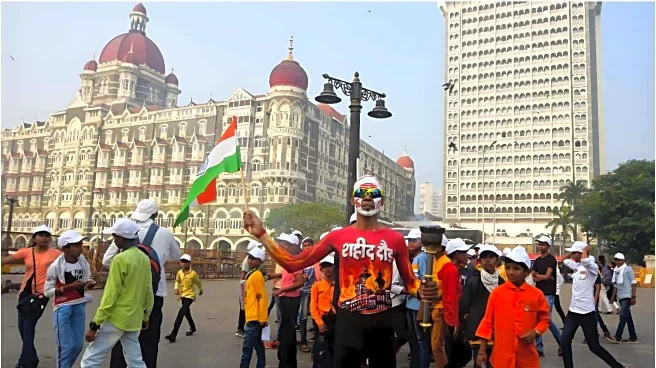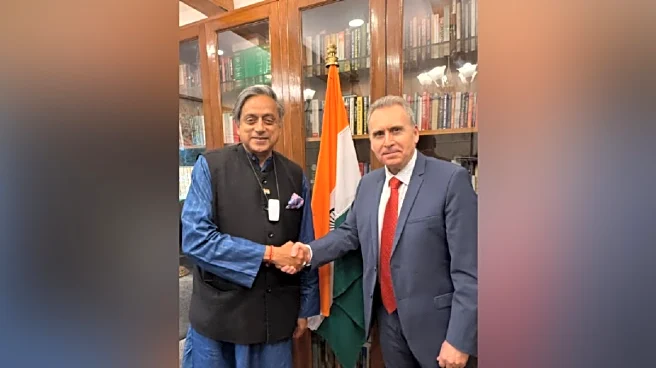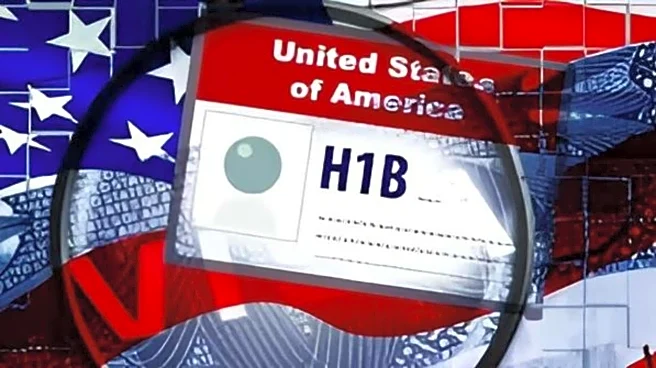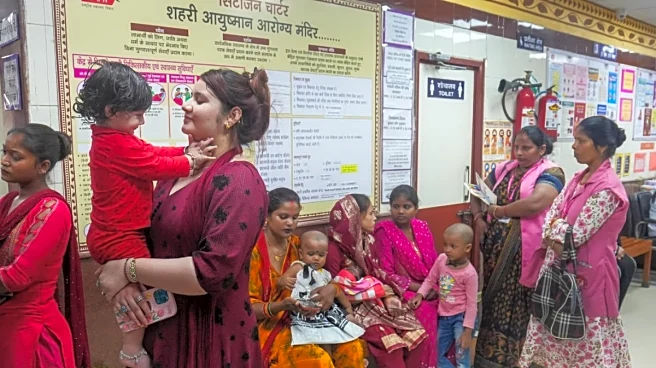The annual DG- IG conference will be held in Raipur this year. The top brass of India’s internal security will meet in Chhattisgarh from November 28-30 at a time when “India’s biggest internal security threat”—according
to then prime minister Dr Manmohan Singh—is tottering.
On multiple occasions between 2010 and 2013, including once at a chief ministers’ conference, Singh had labelled Naxalism the single-biggest challenge for internal security. This was the period when CRPF lost 76 men in Chintalnar, Dantewada. It was also the time when the Congress party’s entire state leadership was wiped clean at Darba Ghati.
The DG-IG conference of 2025 is happening a week after Madvi Hidma—the man who presided over each of these massacres from 2010 to 2013—has been brought to justice.
Fight Against Naxals So Far
The Modi government has focused on Naxal violence since 2015. A ‘National Policy and Action Plan’ to eradicate Maoist violence came up in 2015 with focus on setting up more security camps along with a massive push to infrastructure and social empowerment.
Home Ministry data suggests an 81 per cent drop in violence in the last decade-and-a-half. In 2010, 1,936 incidents of Naxal violence were reported. In 2024, the number was only 374. The total number of deaths (civilians + security forces) has also reduced by 85 per cent during this period. The number of LWE-affected districts reduced from 126 to 90 in April 2018, 70 in July 2021 and further to 38 in April 2024.
In 2025, the number has come down to 11 with only three districts of Chhattisgarh—Narayanpur, Sukma and Bijapur—labelled “most affected”.
While the Centre focussed on LWE violence since 2010, a marked change could be seen with the Amit Shah-Vishnu Deo Sai combination steering the anti-Naxal operations. The home ministry has convened meetings of chief ministers of LWE-affected states regularly since 2015. Shah himself has steered meetings in Raipur and Jagdalpur. His annual Bastar Dusshera trips and rejecting “dialogue” with Maoists left no confusion about where the government stood in its anti-Naxal strategy. During each of these visits he did a night halt in Jagdalpur and visited Forward Operating Bases, taking stock of Anganwadis, PDS shops and health centers. These were then followed up with meetings chaired by the home secretary and other senior officials. The instructions, officials say, are unambiguous.
The deadline to bring Hidma to justice was set as November 30 by Shah, as per MHA officials, after the dreaded Naxal commander escaped the KGL hill seize. That operation continued under DG CRPF even as the Pahalgam terror attack unfolded. Hidma escaped only to be killed in an encounter six months later.
Meeting Deadline Before Time
The conference will look at the way ahead as Home Minister Amit Shah’s deadline of March 2026 is around the corner. There are enough indications that the security grid could make Bastar Naxal-violence free by December 2025.
By their own admission, the CPI Maoist has lost 320 cadres this year, eight central committee member, 15 state leaders and then general secretary Basavraj (Basav Amna Raju). A total of 243 of these are from the Dandakaranya-Bastar region.
The CPI Maoist is celebrating its birth anniversary this week. In the past, security forces would brace for more ambush, attacks and IED blasts during this time. But this year, by its own admission, the outlawed group’s emphasis is on secrecy—small meetings, clandestinely put up posters, and recruitment drives that don’t attract attention.
Venugopal Rao alias Bhupati’s surrender in Gadchiroli with cadre and weapon dealt a body blow to Naxals in Chhattisgarh, but it is Hidma’s killing in an encounter in Andhra Pradesh which could strike the death knell. Speculations are intense that Devuji alias Tirupathi too is in custody. Arrest of nine of the general secretary’s body guards has been confirmed by Andhra Police but it refuted the arrest claim when a Habeas Corpus plea was moved by Devuji’s brother. With the cadre and the leadership both at its lowest-ever, the CPI Maoist is staring at an existential crisis.
Challenges Ahead
Challenges, however, remain for the security establishment. The government has learnt from the past and refused ceasefire overtures from CPI (Maoist) factions. A similar overture in June 2004 was accepted by the then Andhra government lead by YS Rajasekhara Reddy. The decision gave Naxals time to regroup and retaliate with vengeance over the next 10 years. In 2025, that mistake has not been repeated. However, the challenge is to dispel all doubts among tribals about ‘Jal, Jungle, and Zameen’.
The locals of Bastar have given up their apprehensions that the government machinery entering their land would mean plundering of their natural resources and their home. For decades, Naxals have recruited cadre on the basis of this fear. The security grid has successfully pushed ahead, including in Puvarti—Hidma’s village—because locals shared intelligence. Now is the time to return the trust.
The Vishnu Deo Sai government’s initiatives like Bastar Olympics is drawing the youth of the area to sports, away from guns and IEDs. The development of tourism is meant to generate employment. Infrastructure such as roads and mobile towers are penetrating deep inside forests.
The security apparatus can’t be lax but the Naxal challenge can be uprooted for good only if the development initiatives make Bastar dwellers a stakeholder in their own future.





/images/ppid_59c68470-image-176416758239767255.webp)







